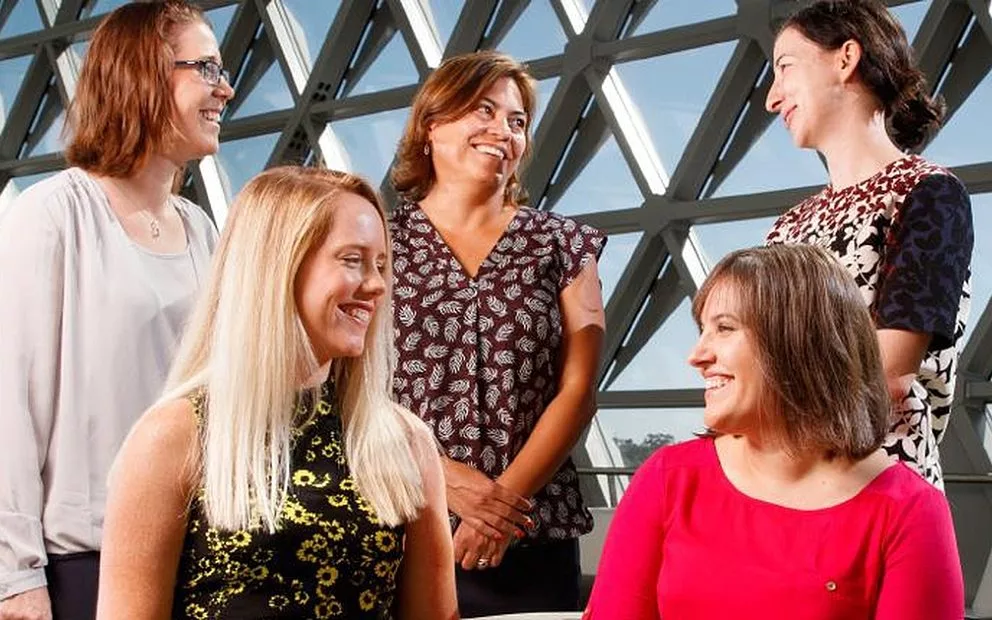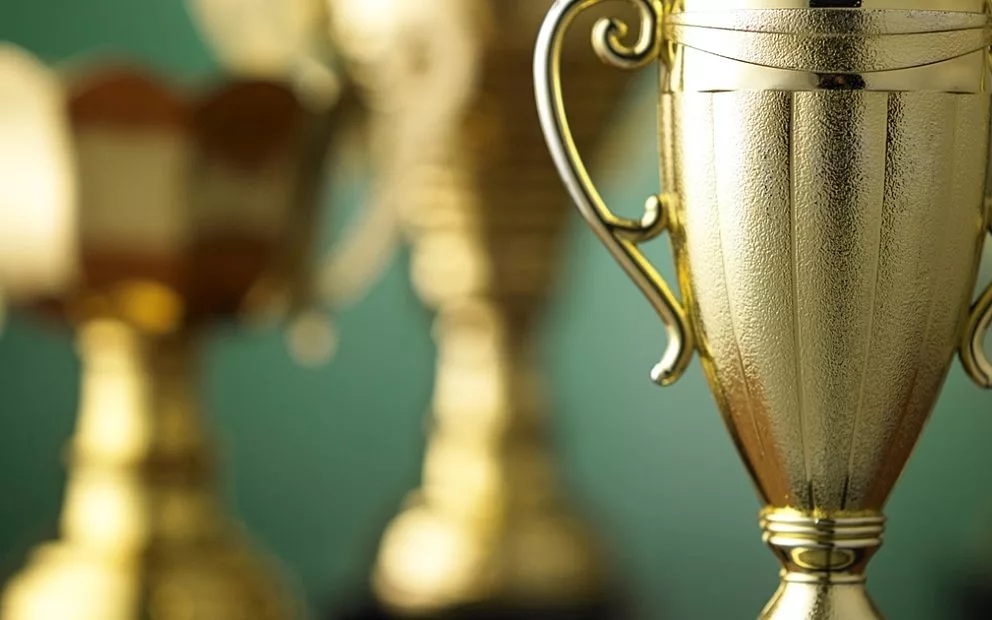They're some of South Australia’s smartest women, striving to find the answers to some of science’s most challenging questions.
But, behind their lab coats, PhDs and amazing medical breakthroughs, they would also love to find the answer to one of society’s most difficult issues – gender inequality.
It’s not surprising the five, who work at the South Australian Health and Medical Research Institute, juggle daily challenges in their field, given they work in the largely male-dominated area of science.
They spoke to The Advertiser about their discoveries, hopes and breaking the glass ceiling in the lead-up to International Women’s Day on Wednesday.
Dr Karen Hawke, 39, who specialises in ways to reduce the prevalence of blood-borne viruses and bacterial infections in the Aboriginal community, has just returned from a month-long trip to Antarctica.
She was handpicked, along with just 77 women scientists across the world, to discuss the challenges for women in the workforce.
“The purpose of (the trip) was to create a network of really intelligent women to try and tackle interdisciplinary issues but we also looked at why women are not being elevated to leadership positions at the same rate as men and how we can all work together as a network of women to try and change that globally,” Dr Hawke said.
“Obviously a big one is family ... men and women need to change our thinking in that you can actually be successful in leadership positions and have a family – it doesn’t have to be one or the other.”
Dr Hawke said there were many reasons why there was still a disparity between men and women.
“Women are not as good as men as promoting themselves ... it’s challenging to find (female) role models and females that are in senior leadership positions, that like me, have family,” she said.
“You get told a lot of men get positions because they’ve got more experience – they’ve got more experience because they’ve been given more opportunities. As a woman I feel a bit frustrated because how can I elevate myself if I’m not being given the opportunities to get the experience?
“We need to all work together – I don’t want to see men versus women. We want to see gender equality.”
Dr Camille Short, 31, works under SAHMRI’s Nutrition and Metabolism theme at the University of Adelaide’s Freemasons Foundation Centre for Men’s Health, designing online support systems for people who have cancer – specifically prostate cancer.
“My challenge, as a woman at the moment, is working in a men’s health centre and trying to help and improve men’s health when I’m not one,” she said. “We know physical activity is really important to aid (cancer) recovery and most people don’t really get access to comprehensive physical activity support during or post-treatment.
“I specialise in this technique called computer tailoring, where I essentially design an expert system that can give personalised advice so people can fill out brief surveys where they can report their activity levels, health status, confidence and level of social support and then it will generate customised advice to you.”
Dr Short admitted juggling life, a partner and work was tough. “There’s some great women in my area who have been successful – but (female) mentors are quite short,” she said.
She’s just 30, but Dr Amy Hughes is on the path to making a real difference for people living with chronic myeloid leukaemia, a form of blood cancer. The current treatment for CML is tyrosine kinase inhibitors, or TKIs – a drug that blocks the gene defect which causes the cancer. But the treatment is expensive, can be toxic and cause birth defects.
“Our end goal is create a predictive test, so having the ability for the patient to go into the doctors clinic, have a blood screening test and then the doctor can look at levels of certain immune markers in their blood and say ‘oh, you’ve got a 60 per cent chance if you stopped your TKIs of becoming cancer-free or let’s wait another six months (on treatment)’.”
Dr Hughes said she doesn’t let her gender hold her back.
“Even though you might have disadvantages being in a field where it’s not as female-dominated, if you’re there to do the work and work as hard as you can, people can appreciate that,” she said.
Dr Odette Gibson, 43, works under SAHMRI’s Aboriginal Health theme looking at health inequalities between indigenous and non-indigenous people, and believes women have a strong place in science.
“It’s all about understanding the value of women in science – when you start bringing together more people you can add value and women are apart of that,” she said. “It’s being able to create a work environment where women can participate as much as men given that they may be spending more time with family for example.”
Imaging research manager Jordan Andrews, 36, manages a group that researches coronary artery disease and said her theme leader, SAHMRI’s Heart Health head Steve Nicholls, was a huge supporter of women at work.
“(He) is very supportive of women and enjoys having strong women around him (and) he knows we will tell him the way we see it,” she said.
Ms Andrews said nothing should stop women reaching for the stars.
“If that’s where you want to be, up the top, don’t worry about it – just go get it,” Ms Andrews said.


